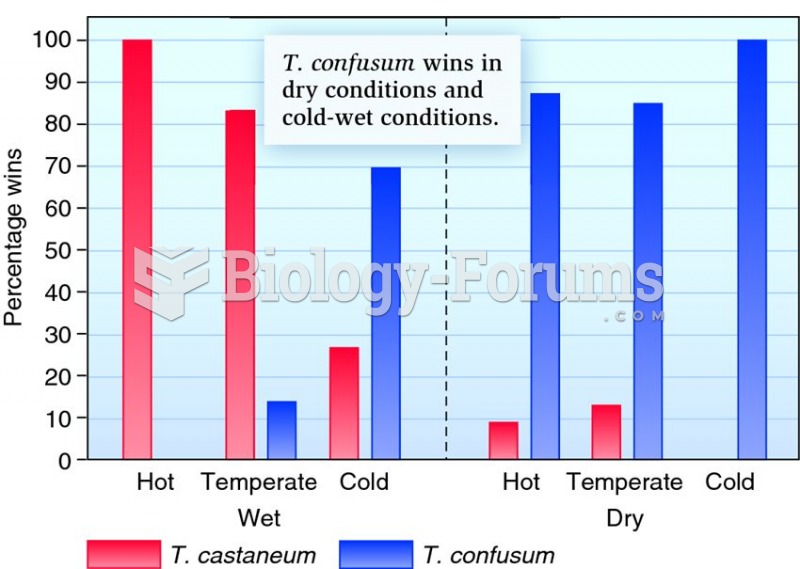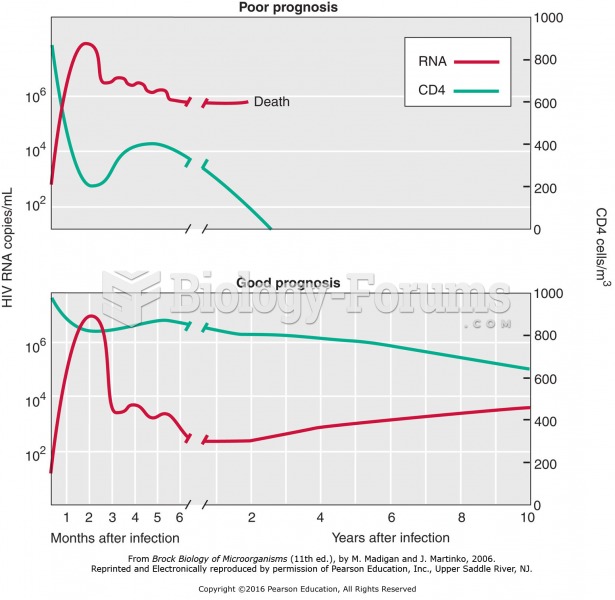Answer to Question 1
First, all healersregardless of whether they are medical doctors, psychologists, or
othersprovide social support, a close human relationship characterized by warmth,
expressions of concern, a shoulder to cry on, and someone to talk to. Earlier, we
discussed the benefits to health and longevity of having social contacts. In
psychological therapy, studies have shown that the better the working alliance is
between a therapist and client, the more favorable the outcome is likely to be (Horvath
& Luborsky, 1993). Second, all therapies offer a ray of hope to people who are sick,
demoralized, unhappy, or in pain. In all aspects of life, people are motivated by upbeat,
positive expectations. Although some of us are more optimistic than others, optimism is
a specific expectation that can be increased or decreased in certain situations (Armor
& Taylor, 1998). Indeed, a common aspect of all treatments is that they communicate
and instill positive expectations. It has been suggested that high expectations can spark
change even when they are not justified (Prioleau et al., 1983). This suggestion is
consistent with the well-known placebo effect in medicine, whereby patients improve
after being given an inactive drug or treatment. Believing can help make it so, which is
how faith healers, shamans, and witch doctors all over the world have managed to
perform miracle cures with elaborate rituals. A third important ingredient is choice.
Allowing patients to make meaningful choices, such as deciding on a type of treatment,
increases the effectiveness of treatments for alcoholism (Miller, 1985) and obesity
(Mendon & Bream, 1983). Choosing to undergo an effortful or costly treatment is
particularly beneficial in this regard. The person who voluntarily pays in time, money, or
discomfort needs to self-justify that investmenta predicament sure to arouse
cognitive dissonance.
Answer to Question 2
It is clear that religion provides a deeply important source of social and emotional
support for many people. There are more than 6 billion people on Earth who belong to
hundreds of religions, the most populated, in order, being Christianity, Islam, Hinduism,
and Buddhism (Judaism and others have many fewer adherents). Only about 15 to
20 of the world's population is unaffiliated with a religious group. In the United
States, two-thirds of all adults describe religion as a very important part of their lives. Is
there a link between religiosity and health? This is an interesting but controversial
question. On the one hand, population surveys suggest that people who regularly attend
religious services live longer than those who do not (McCullough et al., 2000). When
you think about it, this correlation makes some intuitive sense. Religious faith may fill
people with hope and optimism rather than with despair, offer the physiological benefits
of relaxation in prayer, provide a community lifeline of social support to prevent
isolation, and promote a safe and healthy way of life by discouraging such toxic habits
as drinking and smoking. After analyzing 30 years of health data from 2,600 California
adults, for example, William Strawbridge and others (2001) found that men and women
who regularly attend religious services drink less, smoke less, and exercise more. On
the other hand, some researchers caution that the correlations between religiosity and
longevity are modest and can be interpreted in other ways. It's possible, for example,
that nonsmokers, teetotalers, and others who regularly abstain from unhealthful
behaviors are more likely to adopt religion as part of their lives than smokers, drinkers,
and risk-takers, and that their survival comes from who they are, not from their
attendance at religious services (Sloan et al., 1999)







